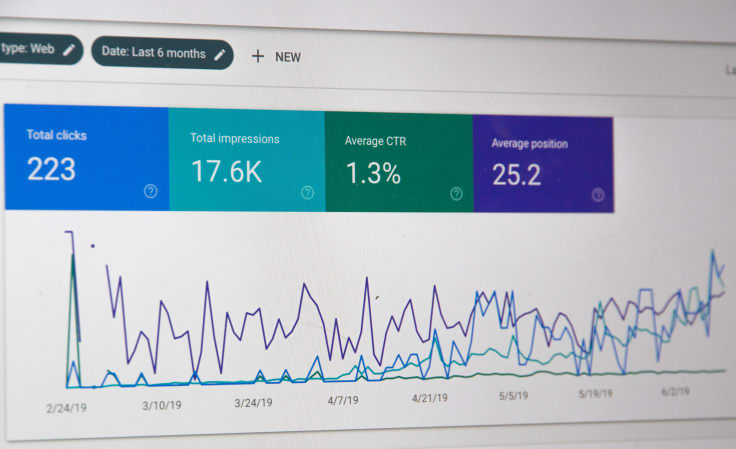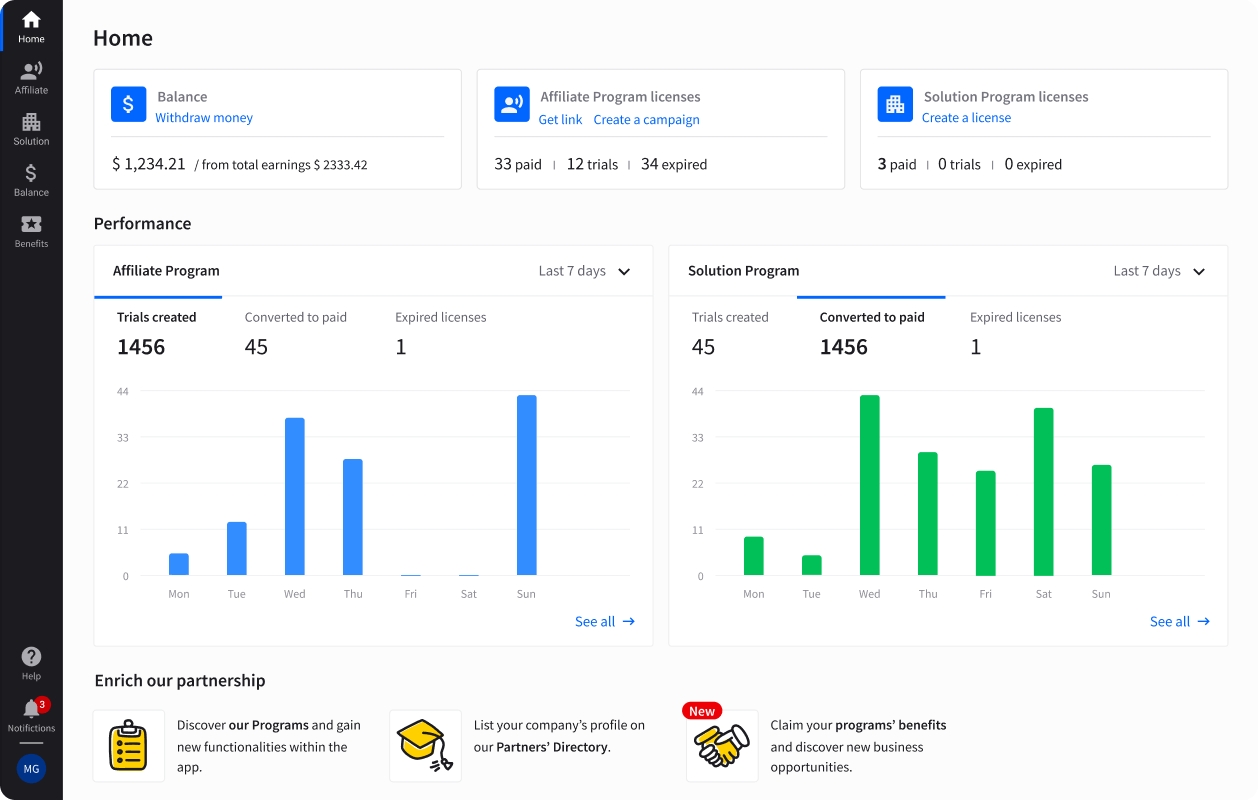Showing top 0 results 0 results found
Showing top 0 results 0 results found

2020 has already begun and it’s high time to compute and tally your expenses from the previous year. How much did you spend on marketing, advertising, production, supplies, and salaries? You must realize that not only you need to know if your return justifies the cost, but you also need to know how much you’re spending per customer, and whether that’s the correct amount. The cost of acquiring new customers is a perfect metric to focus on moving forward, as it can quickly help you determine both short-term and long-term goals.
Customer Acquisition Cost (CAC) is the metric that companies use to measure how much they spend to acquire each customer.
New customers vs existing customers
Note that research shows acquiring new customers is more expensive than retaining new ones. It can cost you five times more than nurturing an existing client. Then again, a business’s aim is to grow and expand so it’s inevitable to constantly need to acquire new clients since it will translate to bigger revenue.
It’s also helpful to know that existing customers generate increasing profits each year they stay with a company because loyal clients tend to buy more from a company over time. This leads to a decrease in the cost of operations.
Your loyal customers can turn out to be your best marketers. The power of ‘Word of Mouth’ is often underestimated, while one happy customer can rake in a whole classroom full of new clients.
Simply speaking, ingraining loyalty into your customers translates to bigger revenue.
However, knowing your Customer Acquisition Cost will give you insight into the most effective strategy your business can adopt. If you know how much you spend on acquiring new customers you’ll immediately know what you need to prepare to make more profit with your growing company, this will also let you know if you’re spending too much or are you spending too little.
All about Customer Acquisition Cost
The formula you need to follow is super simple:
CAC = Costs on a campaign or marketing/Value of Customers Acquired
All you need to do is to all the expenses on acquiring customers (marketing, renovation or web redesign, employee salaries, ad spend, publishing, etc), and divide by the number of customers acquired for the duration of the campaign.
Add all the expenses on acquiring customers (marketing, renovation or web redesign, employee salaries, ad spend, publishing, etc), and divide by the number of customers acquired for the duration of the campaign.
For example, a web design company spent $20,000 on a special campaign that lasted a month. You’ll have to add your sales and marketing cost, plus the staff salary or any commission. Then, divide the total by the number of customers that signed up within the duration of your event or campaign.
Following the campaign, the sales team reported 15,000 new customer sign-ups and purchases. Using the formula, the CAC will be $1.33 per customer. It would be advisable to have a ratio of 3:1 for your customer lifetime value and cost of acquisition. The CAC shouldn’t be higher than the value your customer spends. To compute for the Customer Lifetime Value, look at the gross margin that you expect to make over the duration of the client’s stay with you.
Note that it’s not advisable to underspend on CAC since it means you restrict growth, not to mention you’re probably missing a lot of marketing opportunities.
So, how long will it take until you generate a profitable revenue stream? It depends on what kind of business you’re running. It’s different for mobile phone companies, or a monthly subscription-based business, or SaaS. Ultimately, the goal is to reduce acquisition cost while maintaining the conversion of leads.
Tips on driving more sales while reducing Customer Acquisition Cost
1. Use A/B testing
For SAAS companies, set up landing pages with different offers, then split web traffic so that they land on different pages. Split tests are the basis of the Conversion Rate Optimization (CRO) process as the provide you with legitimate results. Not only A/B testing helps you skip the guesswork but it also allows you to check if whatever you plan to deploy does bring you closer to your strategic goals.

2. Leverage Social Media
Be visible and connect with new prospects just by creating and optimizing your Twitter, Instagram, Facebook, and LinkedIn profiles. While it may sound trivial, social media’s role in the conversion process stimulation has significantly increased over the past couple of years. Not only they help brands build awareness, but they also incorporate brand identity in strategic digital marketing.
3. Update your content
Keep your content new and fresh. Everybody knows the power of content nowadays so it’s a battle of who can produce the latest and most useful content. They want new information that answers newer problems and challenges that continue to emerge today.
The best way to audit your content is on the basis of the content quality checklist. It will definitely help you evaluate whether blog posts and landing pages on your website are SEO-friendly and easily searchable or if you need to improve them for better visibility.
4. Gather testimonials
The voice of the customer will always be louder than any trend or strategy. According to Inc., 84 percent of consumers trust online reviews as much as their close friends. Moreover, the purchase for a product with five reviews is 270 percent greater than a product with no reviews at all.
That said, don't hesitate to engage your resources in gathering and publishing legitimate testimonials. It's definitely worth the time! Once you have some nice quotes to share, display them on your company's main site. That's how you'll make your products and/or services more trustworthy.
5. Get referrals from existing customers
Having a loyal customer base will be your best marketing investment. It’s been established a number of times that existing customers lead to an increased profit and this rings truer the longer they stay with you. The goal is not just to turn leads into customers but to your very own brand advocates. Building strong relations with your clients is definitely the smart use of your sales channels.

6. Optimize your site and grow your online presence
Website optimization for search engines is key here and ranking on top of Search Engine Result Pages should be at the top of your priority list. It’s estimated, that in 2019 alone there was be 1.92 billion digital buyers globally. Online shopping is growing in all areas of the world and becoming a part of the everyday consumer’s lives.
You've probably heard multiple times already that it's not worth riding one trend only though, so exploring traffic sources beyond Google might be a good idea. On top of it, verse yourself with updated link building strategies and SEO techniques and keep your content fresh.
Wrapping up
When it comes to Customer Acquisition Cost, the main goal is to lower how much you spend in acquiring new customers since it means that your company is thriving and becoming more sustainable.
But remember that in whatever business you’re in, whether you’re an internet service provider, a company for white label SEO packages, a web design agency - the final goal is not just to obtain new clients but to turn existing customers into lifetime advocates.



